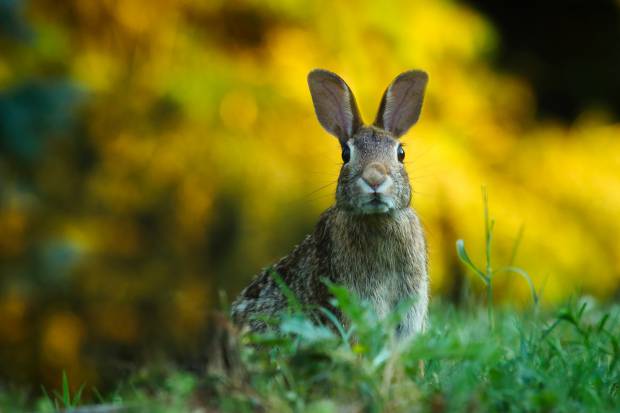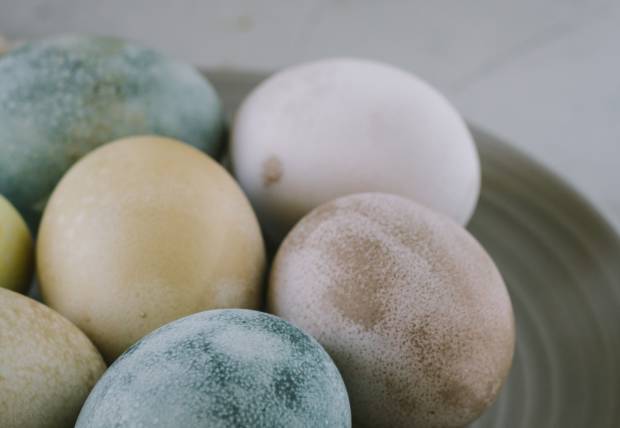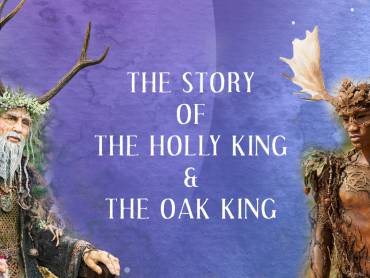In the Vana Grimoire series, we share tips and background information on pagan festivals, recipes, mythologies, history and other worth knowing subjects that are related to our events. In this blog we will dive into the pagan festival Ostara.
The pagan festival takes place around March 21, every year. It is marked by the March equinox. During this festival the day and night are of the same length.
Even though Easter is still a month away, the Christian festival took many symbols from the Ostara rituals.
What is Ostara en what is it celebrating?
The name Ostara is derived from the Germanic goddess Eostre, also known as Ostara. She is the goddess of spring, life, and fertility. During the March equinox, her return is celebrated. The days become longer and light overpowers darkness after the long, cold winter nights. It marks the start of spring.
During this spring festival, we reflect on the way nature awakens and everything will grow and bloom again. A fertile period is starting for man, kettle and nature. The festival is a promise to a fruitful year.
In former times they used multiple rituals to enhance this fertility. These rituals embrace the idea of letting go of the past and welcoming the new. The ancient symbols of fertility, the egg and the hare, are depicted on decorations.

In which ways are Ostara and Easter alike?
The name Eostre sounds like Easter. That is why it's speculated that Ostara is the base for the Christian Easter celebrations.
For Christianity, Easter marks the resurrection of Jesus. This reflects the symbolism of spring creating a new start and giving nature life.
The hare and the egg, the symbols of fertility, are implemented in Easter as well. One of the Dutch Easter songs has the phrase:
“Éen ei is geen ei, twee ei is een half ei en drie ei is een paasei.”
[translation: One egg isn't an egg, two eggs are a half egg and three eggs are an Easter egg.]
It is said that this is a reference to the holy trinity, which plays a central part in Christianity.
The date of Easter changes every year, but we can calculate when it is by looking at the March equinox. Start at the equinox and look in the moon calendar for the next full moon. The first Sunday after that full moon is Easter Sunday.
It remains unclear how the habit of painting eggs started. Suspected is that it only started because of the Christian Lent before Easter. During this period people were not allowed to eat eggs, but their hens kept laying eggs. As a way of marking how old the saved eggs were, people started using colours and patterns to mark the shells. Once Easter started and everyone could eat eggs again, the kitchen table held a festive, colourful stack of eggs.

How can you celebrate Ostara?
Of course, there is no right or wrong way to celebrate Ostara. With the right intentions, you can form your celebration whichever way you like. But we would like to highlight some activities you could use to add to your own festivities.
There are many ways to implement the egg as a fertility symbol in rituals.
If you take part in a big celebration, let everyone bring a boiled egg. Everyone hides their egg and the egg hunt starts. Eveyone should try and find one egg (not your own, of course).
These eggs could previously be decorated with a wish, spell or goals for the oncoming year. The goal on your newly found egg will guide you through the year.
Afterwards, you can gift your egg to the earth by burying it, or eat is yourself.
The previous pagan festival was Imbolc. This day was marked by cleansing and leaving all old burdens, One of the customs is to collect seeds in a pouch. Now, during Ostara, it is time to sow these seeds.
These days, you may want to bring spring inside. Decorate your home and garden with fresh spring flowers and make your whole house smell wonderful by baking hot cross buns.
There are many more customs and rituals to celebrate Ostara. For more inspiration, read Lunadea's blog about Ostara and preparing your spring altar. Which customs do you feel should be added to the list?
By Lena Gijsbrechts



